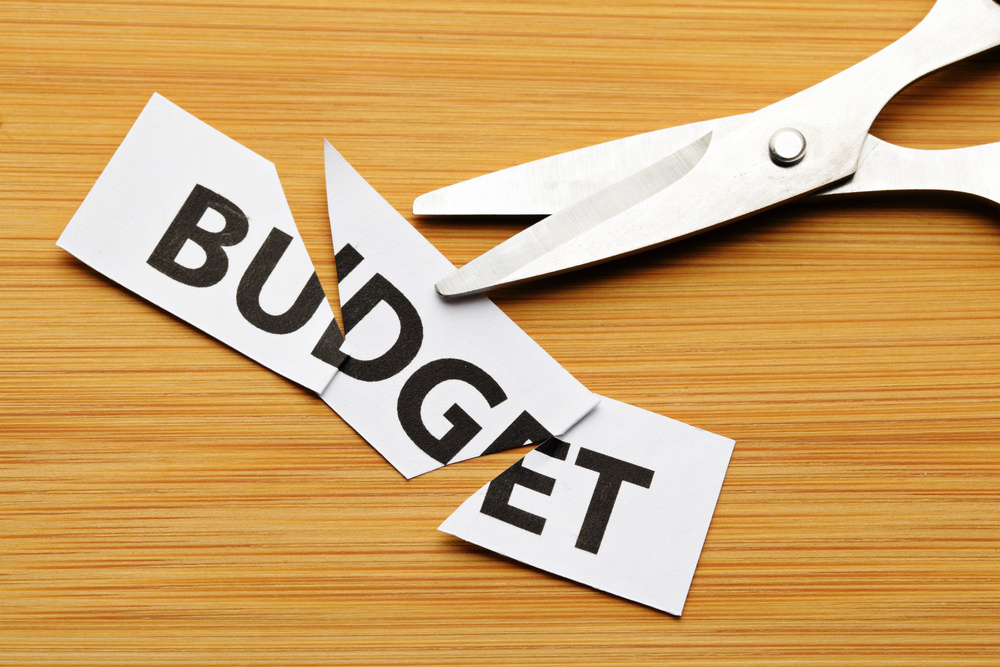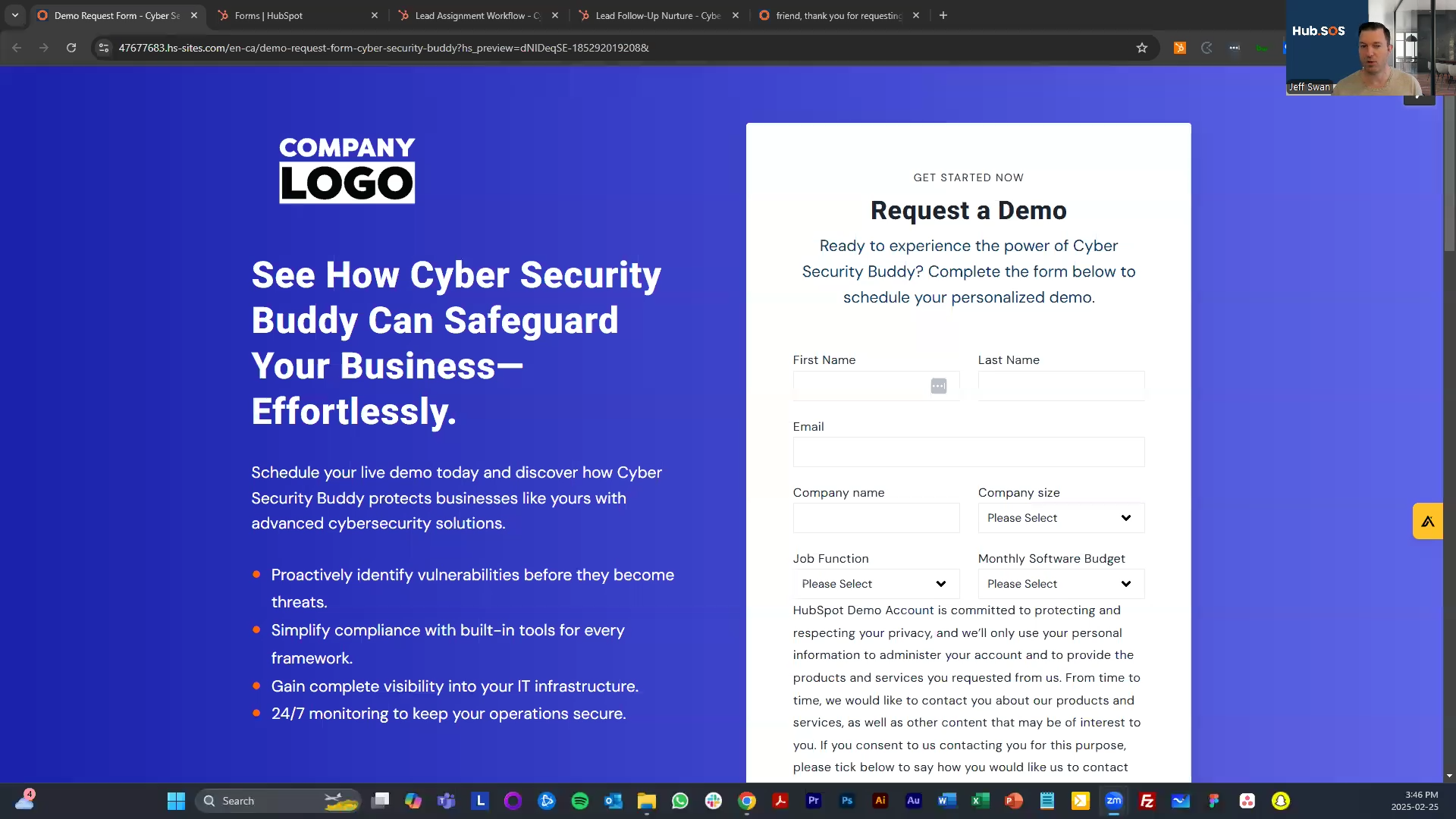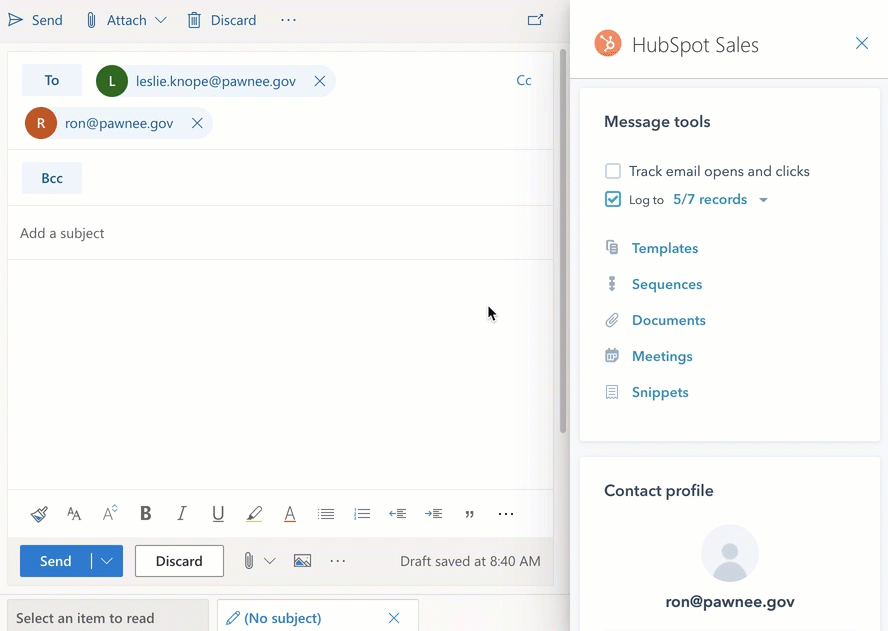The Real Definition of Sales Efficiency
There's a big problem with how companies define sales efficiency today. Too often, leaders assume it's just about cutting costs, reducing headcount, and forcing reps to do more with less.
But true sales efficiency isn’t about shrinking—it’s about scaling smarter.
The best revenue teams don’t just cut expenses—they maximize their output per employee by:
✅ Aligning sales & marketing to close more deals at lower CAC.
✅ Automating manual work so sellers spend more time selling.
✅ Using AI to accelerate decision-making & optimize every interaction.
And most importantly…
✅ Improving Revenue Per Employee (RPE), the metric that defines sustainable growth.
Let’s break down the top myths of sales efficiency and uncover the real formula for a high-performing, capital-efficient revenue team.
🔥Myth #1: "Sales Efficiency Means Cutting Reps"
Many companies think the best way to improve efficiency is by reducing headcount—but that’s not the full story.
🚨 Simply removing reps can cripple revenue growth, reduce pipeline coverage, and burn out your remaining team. Instead of making the company more efficient, this can create bottlenecks, slow sales cycles, and lead to missed targets.
Yes, lean teams can be efficient, but scaling smarter isn’t about fewer reps—it’s about the right reps, in the right structure, with the right process.
RPE Optimization Tip:
➡️ Even an expanding sales team can be efficient. The key is knowing when adding headcount makes sense.
✔️ If existing reps are maxed out, adding headcount increases efficiency.
✔️ If productivity is suffering due to too many responsibilities, more reps = higher RPE.
✔️ If a predictable hiring formula exists (e.g., “X reps generate Y pipeline”), expansion is strategic.
Efficiency isn’t just about shrinking—it’s about optimizing when and how to grow.
🔥 Myth #2: “Sales Efficiency is Just About Cutting Costs”
Many leadership teams think being “lean” means slashing budgets across the board. But cutting costs in the wrong areas—like training, enablement, or sales technology—can kill productivity and revenue growth.
🚨 Hidden Risk: Stripping away essential tools, coaching, or data access limits reps' effectiveness. Instead of selling more efficiently, they waste time manually tracking deals, guessing at buyer intent, and duplicating work.
RPE Optimization Tip:
➡️ Cut waste, not enablers.
✔️ Reduce costs on bloated tech stacks & redundant tools.
✔️ Invest in AI-driven sales enablement to shorten decision-making time.
✔️ Focus spend on automating non-selling tasks so reps can focus on high-value interactions.
💡 Efficiency isn’t about cost-cutting—it’s about maximizing revenue per dollar spent.
🔥 Myth #3: “Automating Outreach = Efficiency”
Automation is a powerful sales tool—but when used incorrectly, it becomes an efficiency killer.
🚨 Hidden Risk: Relying too much on generic, automated sequences leads to low engagement, poor response rates, and a flooded pipeline of unqualified leads.
📊 Studies show that leads followed up with within 5 minutes are 9x more likely to convert than those followed up with after 1 hour. If automation is running the show without human intervention, hot leads may go cold before a rep even responds.
RPE Optimization Tip:
➡️ Use automation to support—not replace—high-value interactions.
✔️ AI can prioritize leads based on buying signals.
✔️ Automated workflows should flag hot leads for immediate rep action.
✔️ Outreach should feel personal, even when scaled.
💡 Automation should free up time for real conversations—not replace them.
🔥 Myth #4: “Sales Teams Should Create Their Own Content”
At one SaaS company, sales reps were spending hours creating their own decks, one-pagers, and messaging. Their CMO was furious because these assets were off-brand, inconsistent, and wasted selling time.
🚨 Hidden Risk: Reps should not be content creators. If every rep builds their own sales materials, branding becomes chaotic, messaging loses consistency, and reps waste 30-40% of their time creating ineffective collateral.
RPE Optimization Tip:
➡️ Centralize sales enablement content for rep efficiency.
✔️ Use a shared content library for sales-approved collateral.
✔️ Automate content personalization (e.g., dynamic proposals, AI-driven email copy).
✔️ Align sales & marketing on buyer messaging—so reps don’t have to “reinvent the wheel.”
💡 Sales efficiency = more time selling, less time creating.
🔥 Myth #5: “Marketing and Sales Don’t Need to Be Aligned”
A real client story: A SaaS company’s marketing team was generating what they thought were Tier 1 leads—but sales thought they were junk. The disconnect led to poor follow-up, lost revenue, and wasted marketing spend.
🚨 Hidden Risk: Misalignment = high CAC, low conversions, and sales frustration. If sales and marketing aren’t working from the same playbook, marketing wastes money, sales ignores leads, and revenue suffers.
RPE Optimization Tip:
➡️ Align marketing & sales around shared revenue goals.
✔️ Use a lead scoring model to define “sales-ready” leads.
✔️ Establish a clear handoff process from marketing to sales.
✔️ Create closed-loop reporting to track which marketing efforts drive revenue.
💡 Efficiency isn’t just about more leads—it’s about better conversion rates.
🚀 Closing Thoughts: Real Talk on Sales Efficiency
Look, I’ve been in this game long enough to know that efficiency isn’t just about doing more with less—it’s about doing the right things with the right resources. I’ve seen teams slash budgets, cut headcount, and automate the hell out of their outreach, only to wonder why they’re stuck in the same revenue rut.
The truth? Sales efficiency isn’t a cost-cutting exercise—it’s a growth strategy.
💡 You don’t build a championship team by trimming the roster—you build it by optimizing every player’s impact. Same goes for revenue teams. Whether you’re running a small but mighty startup crew or leading a growing sales org, the goal isn’t just to survive—it’s to scale smart.
That means:
✔ Dialing in the right mix of automation and human touch.
✔ Investing in enablement that actually helps reps sell.
✔ Aligning marketing and sales so no effort (or lead) is wasted.
✔ Tracking RPE to make sure every dollar spent is driving predictable revenue.
So, if your team is stuck in the old-school mindset of sales efficiency, it’s time to rethink what "lean" actually means. Not fewer people. Not more automation. Just better execution.
Want to talk about getting your revenue team to that next level? Let’s chat.




